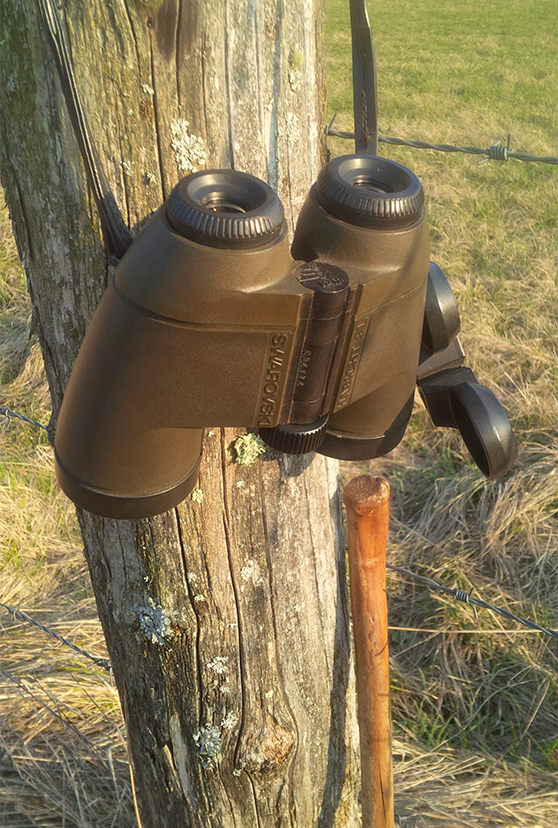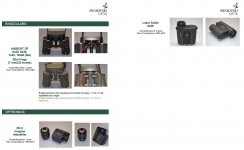Went and saw a friend this afternoon and got to look through his 10x40 Habicht SL and Zhumell 25x100 binoculars and the view through the Habicht in particular left me a bit confused. I've been really interested in them since seeing how they seem to have a fairly good following among members here, but the dim, yellowish view was completely unlike what I'd expected to see, and all the brightness came back when I looked through my 8x20 Ultravid.
Is it likely that there's something wrong with his binoculars, or is there something I overlooked that makes them such a seemingly popular model line? Maybe the 10x40 SL is not one of the good ones?
Is it likely that there's something wrong with his binoculars, or is there something I overlooked that makes them such a seemingly popular model line? Maybe the 10x40 SL is not one of the good ones?











